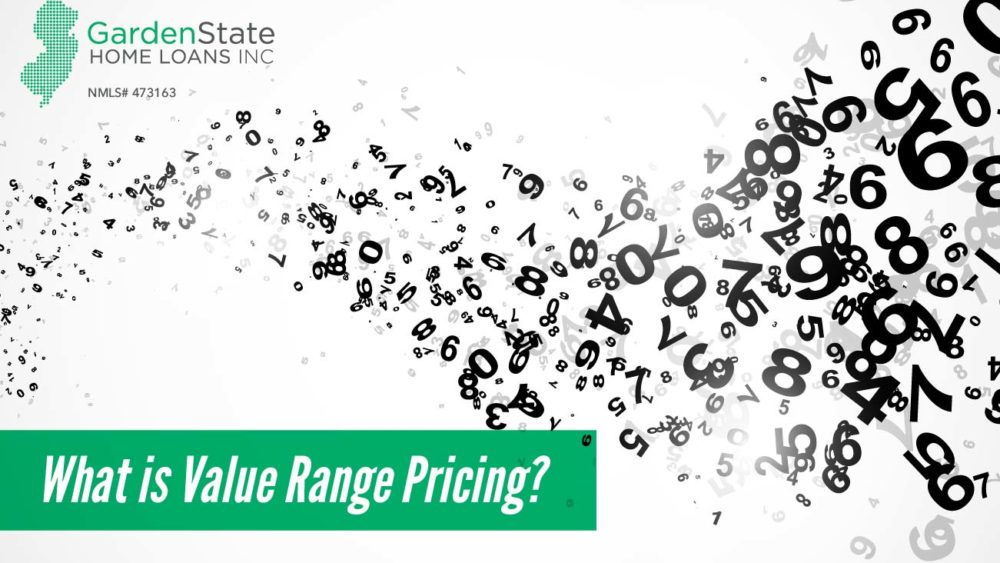Value Range Pricing
Value range pricing, or variable range pricing (VRP), is an alternative way of listing your home for sale. Instead of listing the home at a certain price, sellers put up a range instead. While this pricing method is rare, it’s growing in popularity.
Benefits for sellers
Home prices are almost always negotiable, even when the price is listed at a set price, so why not overtly show that flexibility? Value range pricing also allows more buyers to see a listing. Buyers often search for listings by price. If you list your home at $550,000, you’ll be missing buyers who have set their home search to $540,000. Additionally, value range pricing allows a seller to list how low they are willing to go for a sale price. This lets sellers avoid having to field offers lower than what they’re willing to accept.
Benefits for buyers
Buyers can also benefit from value range pricing. This pricing method lets buyers see more homes than they would if homes were set at one price. In addition, value range pricing allows buyers to feel more comfortable with their offers. When there is a range of prices, buyers can make lower offers with confidence that they won’t offend the seller.
Downsides to VRP
For sellers, one major downside to value range pricing is that buyers tend to gravitate to the lower end of the range. For that reason, sellers must understand going into the selling process that they may only receive offers in the lower price range.
Buyers may end up bidding on multiple homes with a low-price strategy. However, since value range pricing attracts many people, this strategy may never pay off. More potential buyers mean more offers. Only bidding in the lower price range may end up hurting in the long run.
When to list a home as a VRP
Value range pricing works well for tepid markets when there is a chance that a home may not get many offers. It doesn’t work well in markets where houses sell quickly and above the list price.


Comments are closed.